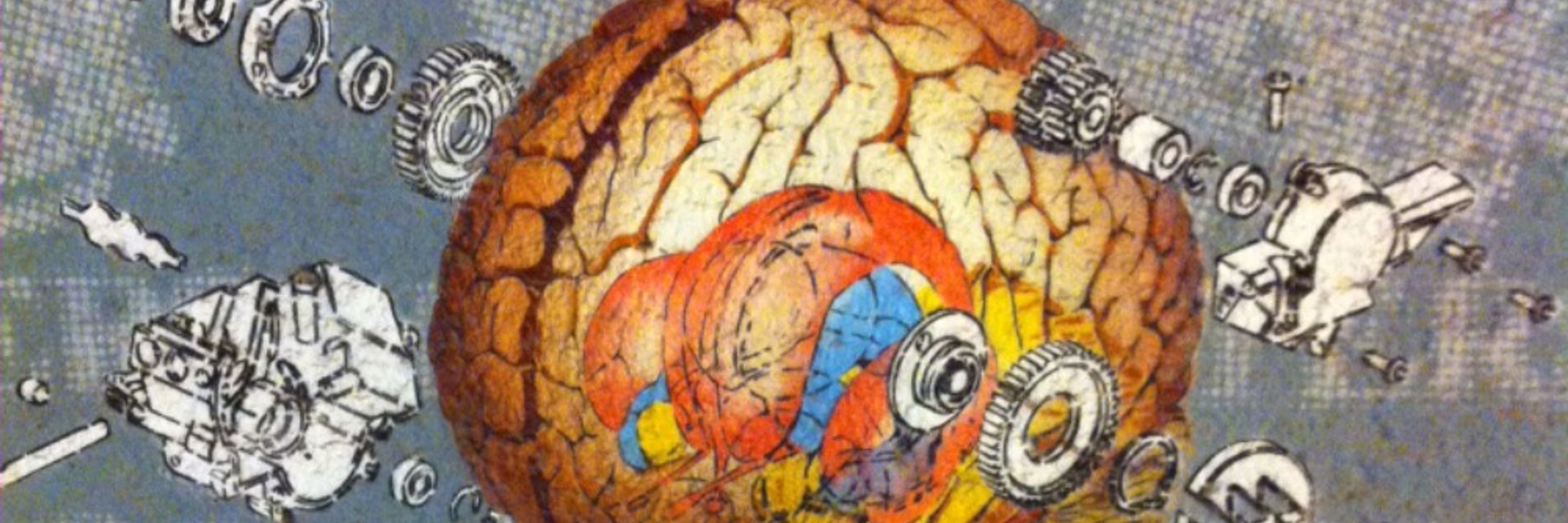
language development | cognitive development | learning
https://mzettersten.github.io/
(he/his)



(1) The effect is bigger in adults than kids - and rule-based categories are quite hard for kids.
(2) Kids' verbal knowledge of specific feature names correlates with learning (suggesting a connection w/ language)
(3) Love these goofy aliens in the kid-friendly version of task. (2/2)

(1) The effect is bigger in adults than kids - and rule-based categories are quite hard for kids.
(2) Kids' verbal knowledge of specific feature names correlates with learning (suggesting a connection w/ language)
(3) Love these goofy aliens in the kid-friendly version of task. (2/2)




